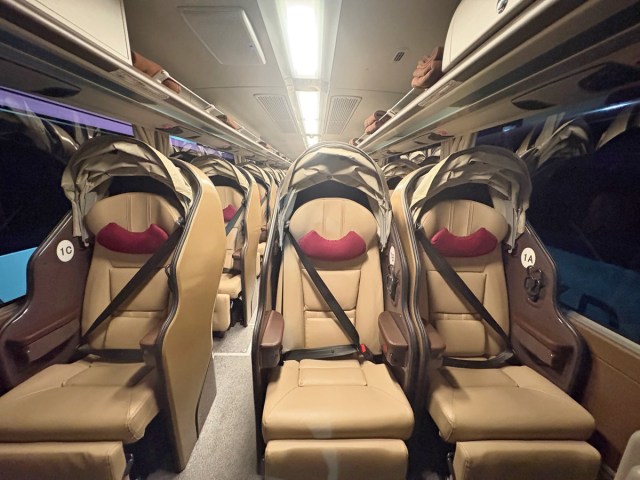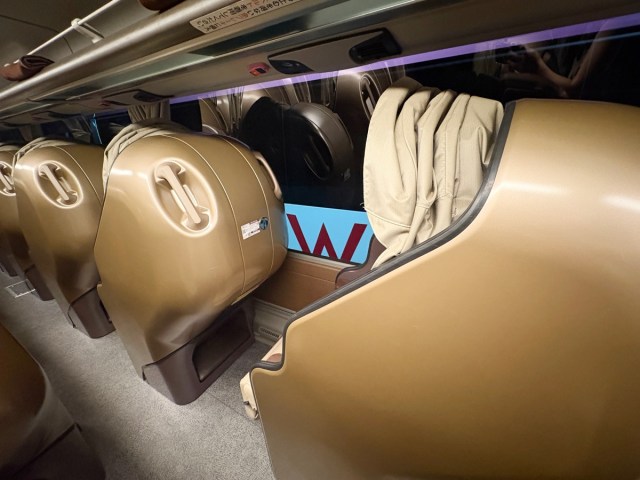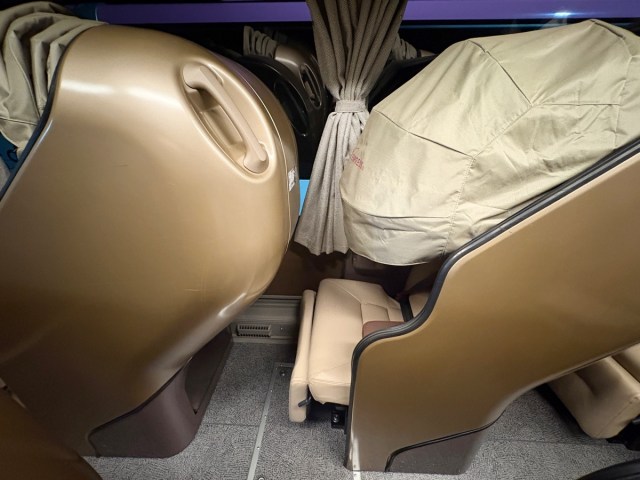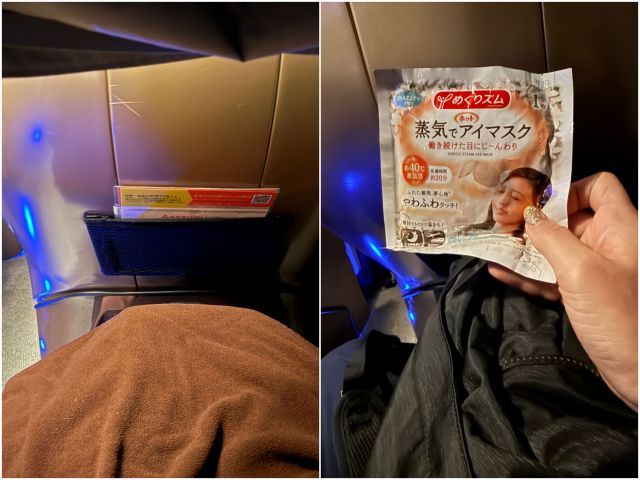
Sleep capsule pods on the night bus are an overlooked option for travelling in Japan.
Many people, both within Japan and from overseas, have been known to make the journey from Tokyo to Osaka by plane or train, but there is another way to travel — by bus.
Before you pooh-pooh the notion of travelling roughly nine hours by bus as opposed to 2.5 hours on the bullet train, it can present a sizeable saving for your back pocket, with variable prices from around the 7,000-yen (US$45.98) mark, and there are ways to do it that can make the long journey bearable, and some might say, even enjoyable.
Our own reporter Marie Morimoto has firsthand experience with the wonders of bus travel, having relied on it quite frequently when travelling back to her hometown of Osaka from Tokyo during her younger years. As she got older, though, and didn’t have to pinch pennies as much, she began to travel by train instead, and there was a time she thought she’d never go back to bus travel…until she went to cover a story in Kyoto recently and decided to try an overnight bus as part of the experience.

As she found out, the world of overnight buses has changed quite dramatically over the years, and she learnt a few things during the journey that’ll help you keep your sanity if you choose to go this route. Her first tip is to choose a good bus company, and her top recommendation is Willer Express, which gets great reviews for convenience, comfort and affordability.
Then you’ll need to choose the right type of bus, and Marie says the “Dome” vehicle is a great option, as each seat is fitted with a domed hood for privacy.

Marie’s trip was on the three-seat-per-row “Dome“, which has a row of single seats on one side of the bus and a row of two seats on the other.

The interior is super clean and brightly lit, making it feel warm and inviting. Another perk of this design is the fact that the seats are contained within their own capsules, so you can recline inside the pod without any fear of disturbing the person behind you.

Usually, passengers who fully recline on the bus tend to make the space feel cramped, so it’s always been the biggest source of stress for Marie. This pod-like setup was like a dream come true for her, and it also works to provide a greater sense of privacy, with comforts like a drink holder, power outlet, and smartphone holder inside the hood making it feel like a private cinema room.
Compared to seats she’s used in the past, the “Dome” setup is much more comfortable, with a headrest, a small pillow, and both a footrest and leg rest for her to relax on.
▼ However, there was one drawback as the seat didn’t recline as far as expected.

One other thing you should be aware of is that the vibration of the bus can make you shift about a bit, and you may find yourself, like Marie, sliding off the seat on occasion. This could’ve been due to her 153-centimetre (five-foot) stature, and the fact that she was wearing a dress made from smooth fabric, so it’s best to wear some less-slippy clothes during the ride.
There are appropriate rest breaks throughout, but essentially, announcements are only made at the beginning of the trip. During the late-night hours, the bus will stop at service areas without announcements to respect sleeping passengers. It’s a nice, considerate gesture, but Marie found that the movement of the vehicle and the vibration and noise were quite significant, so she woke up every time the driver changed or when they stopped at service areas.

By her estimate, she probably slept a total of about three to four hours by the time she arrived in Kyoto at the end of her nine-hour journey, and it was a very broken sleep. If you’re a light sleeper, that might concern you but if you’re a heavy sleeper, it shouldn’t be a problem.
Now that we’ve covered the fundamentals of the journey, it’s time to discuss the essentials you should bring with you to save your sanity when riding the overnight bus. Firstly, you’ll need something warm to wear, no matter what the season. Even in early September, when Marie travelled, it was still hot outside, but the air conditioning felt very cold. Although there’s one blanket provided in every seat, you’re likely to still feel the chill unless you’ve got something warm on, even if it’s just a light jacket or shawl to drape over your shoulders.
Next up, you’ll want to wear an eye mask. While there are times when the blue guiding lights at foot level are completely off, there are times when the glare might annoy you as the hood doesn’t shield you from them. Any eye mask will help to keep the lights out of your eyes, but for extra comfort, one of these disposable heating varieties will do the trick.

Just as you’ll want to shield your eyes, you’ll want to plug up your ears, so earplugs are a must for blocking out the noise. Then, finally, if you can bring a neck pillow you won’t regret it, as the headrest on the seat won’t always help when your body shifts about during the journey.
When Marie arrived in Kyoto, she felt refreshed, despite her lack of sleep, which was something she wasn’t expecting. She was also able to power-up her energy levels by taking a short nap on the train afterwards as she travelled to her final destination, which is another bonus tip worth keeping in mind.

She was then able to enjoy her day in Kyoto without any trouble — there was no drowsiness or pain in her legs or back, and she was able to get all her jobs done, without feeling any sense of irritation. Marie used to avoid night buses because she thought they’d be tiring as she wouldn’t be able to sleep, but now that she understands what to prepare for, she says she’s definitely okay with using them again.
So next time you’re strapped for cash but not so strapped for time, a night bus in Japan might be an option worth looking into. With so many unique design features, buses here tend to provide you with a lot more comfort than you’d expect, and there’s even a model that comes with beds for you to lie on.
Related: Willer Travel
Photos ©SoraNews24
● Want to hear about SoraNews24’s latest articles as soon as they’re published? Follow us on Facebook and Twitter!
[ Read in Japanese ]
Like this:
Like Loading…


AloJapan.com